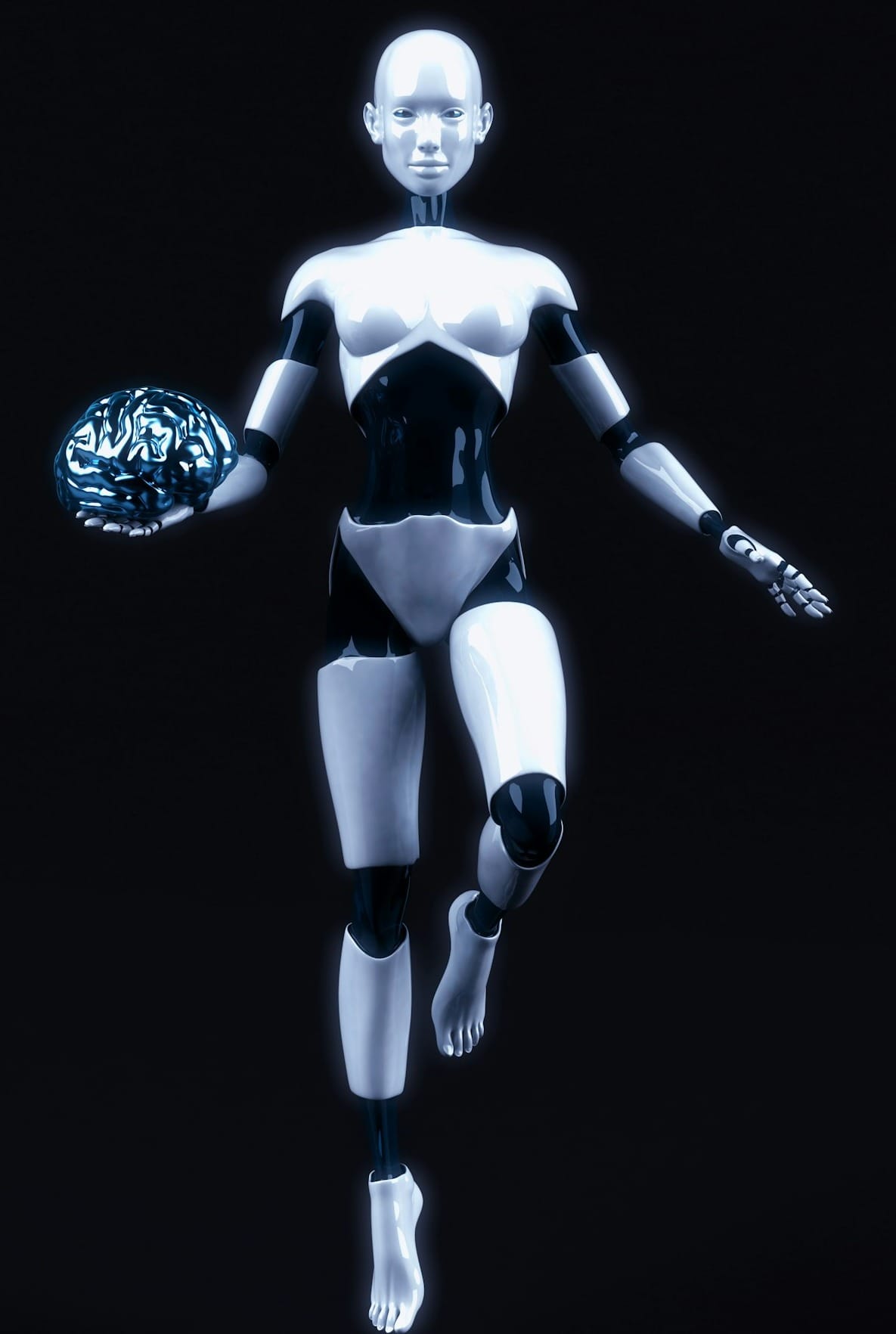Ghost Data: How Forgotten Information Is Still Haunting AI Models
AI doesn’t forget. Discover how ghost data—deleted or outdated info—still influences today’s AI models and risks user privacy.

In a world governed by data, deletion feels like control. We unsubscribe, opt out, clear histories — all in the hope that we’re reclaiming our privacy. But in the age of AI, data doesn’t simply disappear. It lingers. It learns. And it haunts.
Welcome to the unsettling reality of Ghost Data — forgotten, outdated, or supposedly deleted information that still shapes how AI models think, respond, and predict. Even when it’s removed from public view, your data might still live on in the machines that trained on it.
How Ghost Data Enters the AI Afterlife
Large language models (LLMs), like those powering ChatGPT, Claude, or Gemini, are trained on massive datasets scraped from the internet, archives, forums, and more. Once the model is trained, the data itself is no longer directly stored — but its influence remains.
That means:
- A deleted blog post can still shape an AI’s understanding of a topic
- A misinformed social media thread might still echo in AI-generated summaries
- Personal information removed from a site may still appear in AI outputs
Because AI models don’t forget like humans do. They absorb.
The Risks of Residual Memory
Ghost data can cause more than confusion — it can cause real harm:
🔍 Misinformation: Outdated or incorrect info can resurface, reinforcing old biases or falsehoods.
🧠 Bias Echoes: Historical prejudices — even those corrected or deleted — may still shape AI behavior.
🔐 Privacy Breaches: AI may inadvertently generate or recall private data, even when it was never meant to persist.
In 2023, a researcher discovered that an LLM could regenerate snippets of private emails used during fine-tuning — even after that data was supposedly removed.
Why "Forgetfulness" Is Hard for AI
Unlike humans, AI doesn’t naturally forget. Once trained, a model can’t simply “unlearn” something without retraining from scratch — a costly and technically challenging process.
Tech leaders like OpenAI and Anthropic are exploring data redaction techniques, but true deletion is still elusive. Meanwhile, Europe’s “right to be forgotten” laws clash with how AI models are designed.
This creates a dangerous paradox: we expect AI to be current and ethical, but it’s often haunted by digital ghosts we thought we buried.
What Needs to Change
To move forward, AI developers must prioritize:
✅ Transparent data sourcing: Users deserve to know what data trained a model
✅ Forget-by-design architecture: Models should be built with modular memory
✅ Right-to-remove tools: Not just deleting data — but scrubbing its influence
✅ Auditable training sets: Regulators must be able to verify how data is used and retained
Without these, ghost data will continue to distort reality — long after we think it’s gone.
Conclusion: Haunting the Future
AI is meant to help us build the future. But if we don’t find ways to control its memory, it risks chaining us to the past. Ghost data is a quiet but powerful force — shaping decisions, predictions, and perceptions without our knowledge or consent.
In the race to smarter AI, let’s not forget what it refuses to forget.


